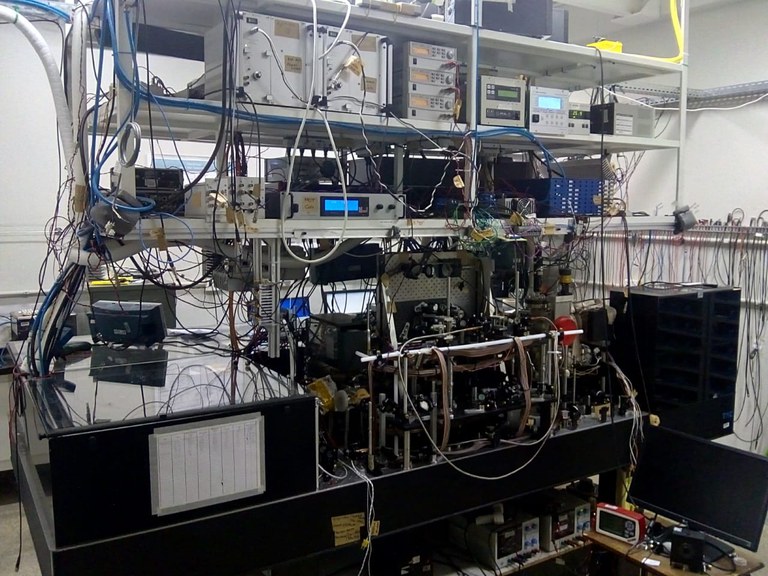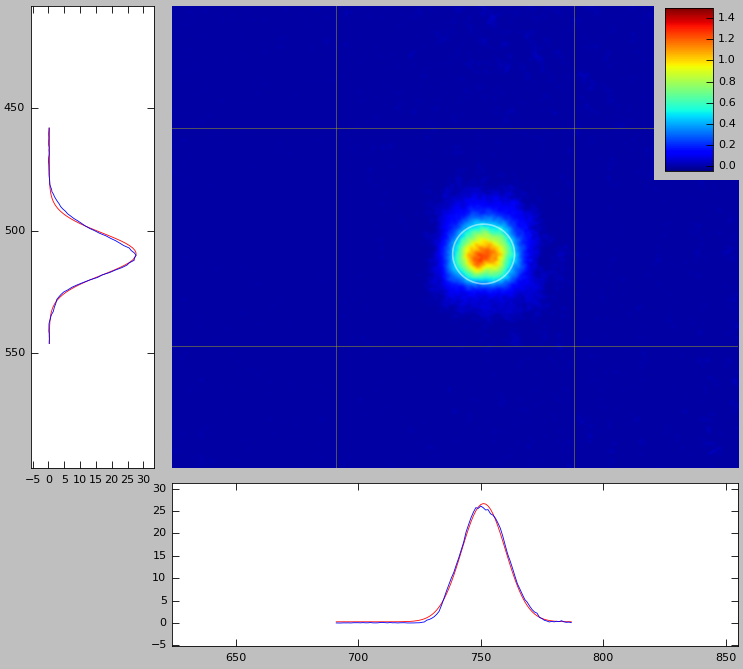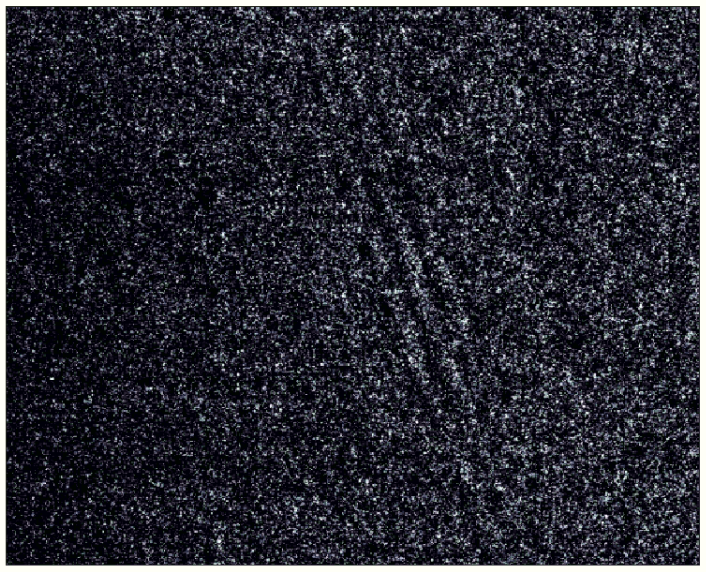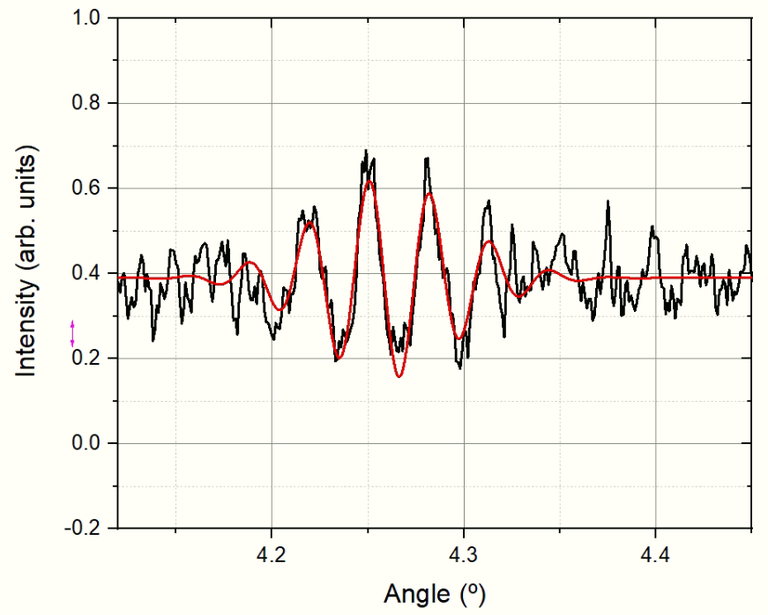Light Scattering by Cold Atoms - Experiment
Leader: Raul Celistrino Teixeira (teixeira@df.ufscar.br)
Collaborators: Philippe W Courteille, Romain Bachelard
A cold bosonic strontium machine for studying light scattering by cold atoms


Our experimental system is capable of producing a cold atomic cloud of bosonic strontium atoms trapped in an optical trap. The densities and geometry achievable makes our system highly suitable to study the light scattering by cold atoms in different regimes: dense, diluted, low or high optical depth.
We have pursued two main research lines on this setup, that we detail below.
Mirror-assisted coherent backscattering
Group: Pedro H N Magnani, Pablo G S Dias, Marcia Frometa, Matheus Amaral


The interferometer setup known as mirror-assisted backscattering of light (MBS) relies on light impinging in an assembly of scatterers, and reflected back on it by a mirror. This light excites the scatterers, and the light scattered by them is detected at the far field as the superposition of the light directly scattered at this direction, and the light reflected back by the mirror. This double superposition, that of the incoming light and that of the scattered light, makes an interference profile to appear at the scattered light in the far field.
We have studied the behavior of this interference profile for incoming light of high saturation parameter, and for different polarizations for the incoming and reflected light. We have shown with those studies that the coherence of the light scattered in the saturated regime is limited only by its spectral broadening. We have also shown that a specific configuration of polarization channels allow for measuring the first-order correlation of light, that measures the coherence of its electric field.
[1] P. H. Moriya, R. F. Shiozaki, R. Celistrino Teixeira, C. E. Máximo, N. Piovella, R. Bachelard, R. Kaiser, and Ph. W. Courteille. Phys. Rev. A, v. 94(5), 053806 (2016).
[2] N. Piovella, R. Celistrino Teixeira, R. Kaiser, Ph.W. Courteille, R. Bachelard. Phys. Rev. A, v. 96(5), 053852 (2017).
[3] P. G. S. Dias, M. Frometa, P. H. N. Magnani, K. R. B. Theophilo, M. Hugbart, Ph. W. Courteille, and R. Celistrino Teixeira. Phys. Rev. A 104, 053716 (2021).
Light scattering by dense samples of bosonic strontium
Group: Marcia Frometa, Pablo G S Dias, Pedro H N Magnani, Matheus Amaral
Dipole-dipole interactions give rise to a broad range of 'collective' phenomena in cold atomic clouds scattering light. Usually studied for small densities, when it comes to higher densities there's a change of the qualitative aspects of the collective interaction of atoms with light. The optical density is not anymore a linear function of the density, and all atoms closer than a wavelength of light absorbs and reemits light in an intrinsic collective manner.
We aim at investigating this rather unexplored regime within our experimental setup, focusing at the coherent transmission of light by the dense cloud and the intensity correlations of the light scattered.
